The Predictions of The Simpsons
10 Conspiracy Theories That Will Make You Rewatch the Show
There was a time when afternoons and Sundays had a different color: the yellowish glow of the screen, the opening music of The Simpsons, and the feeling that television could take us to a town no one wanted to leave. For many of us, Springfield was like a second home — full of laughter, funny lines, and the everyday adventures of a family that seems simultaneously silly and real.
Over the years, The Simpsons didn’t just stick to comedy. Some fans noticed that the show “predicts” future events or hides coded messages and warnings. Conspiracy theories surrounding the Simpson family became a cultural phenomenon, sparking discussions and often scandalizing or fascinating people. Let’s take a look at the ten most famous ones.
1. Donald Trump, President of the USA
In 2000, in an episode titled “Bart to the Future,” Lisa becomes President of the USA and mentions that she “inherited a budget crisis from President Trump.” Sixteen years later, Donald Trump actually became President.
Was this a prophecy? No. It was simply biting satire. The creators were laughing at the idea that a television mogul could become president — but life, as always, had more imagination.
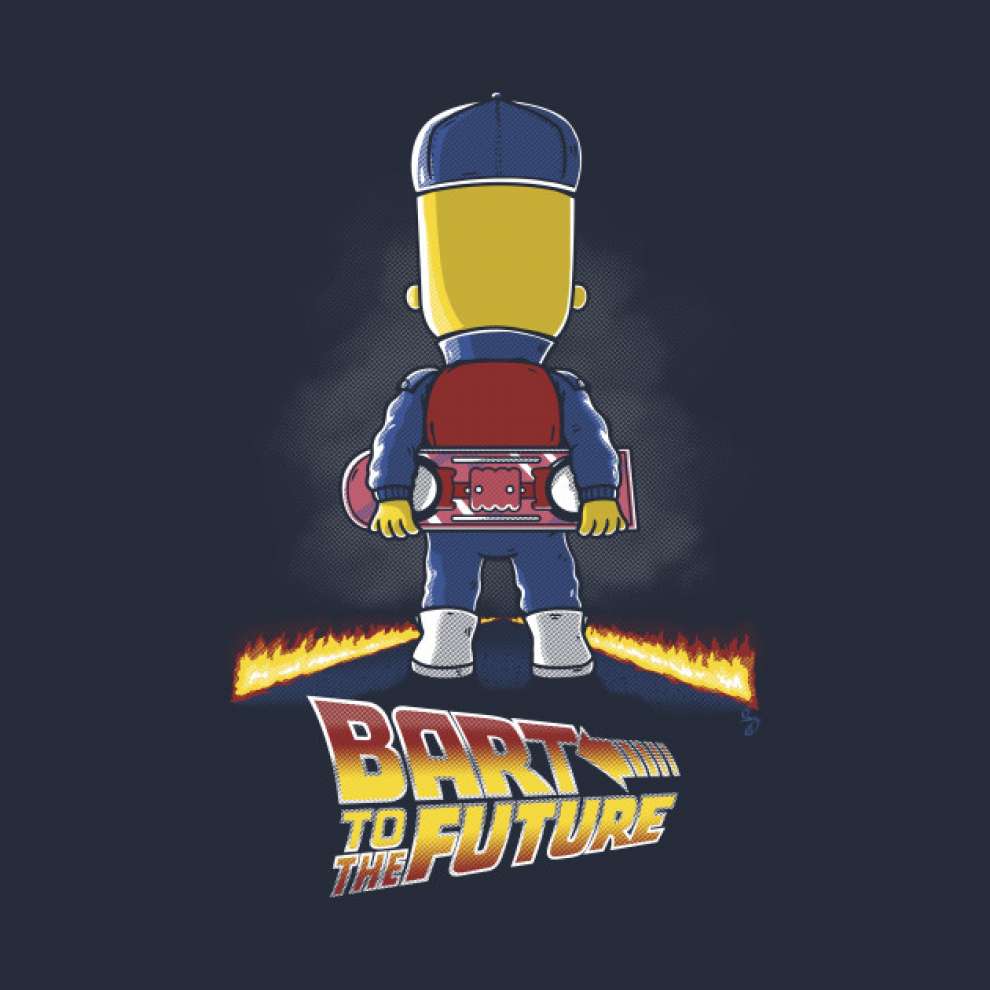
2. The “Osaka Flu” and the COVID-19 pandemic
In a 1993 episode, a virus from Japan spreads and causes worldwide chaos. When the COVID-19 pandemic broke out, many thought The Simpsons had predicted the events. In reality, it was a satirical reference to fears of viruses like SARS and bird flu — and the similarity was just a coincidence.
3. Smartphones and video calls
In 1994, years before the iPhone, The Simpsons showed touchscreen devices and video calls. It wasn’t prophecy — it was imagination based on technological trends already in labs. The creators simply had the eye of an inventor and the mind of a satirist.
4. The FIFA scandal and Germany’s victory
In a 2014 episode, a corrupt referee is shown, and Germany wins the World Cup. Shortly after, in 2015, a real FIFA corruption scandal broke out. The writers didn’t have “secret information” — they just relied on rumors and common sense about the global football scene.
5. Elon Musk and SpaceX
In 2015, Elon Musk appears as a character in an episode sending rockets into space. Later, SpaceX actually carried out missions. The show simply included Musk as a fictional character, but his real-life path in space exploration made it seem “prophetic.”
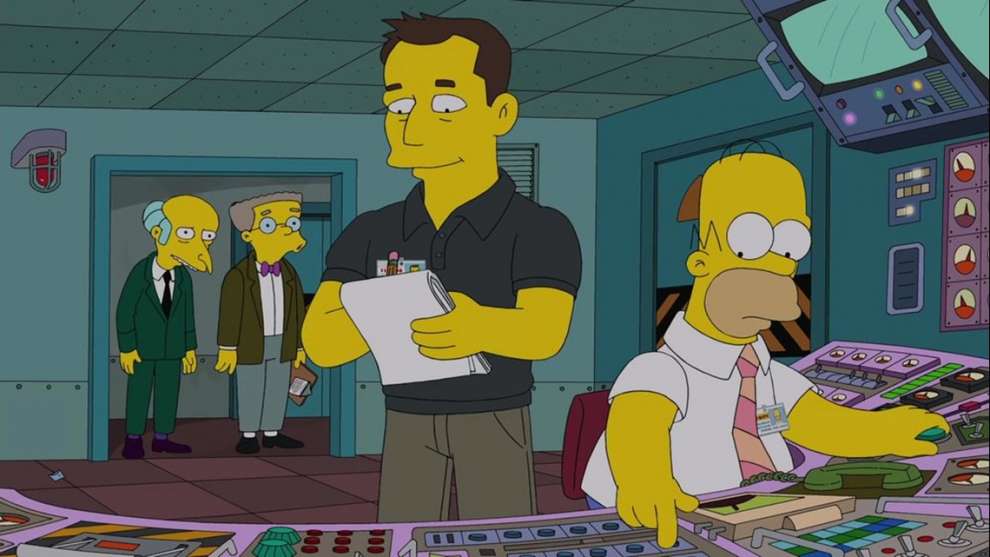
6. Disney’s acquisition of Fox
In 1998, a simple gag showed the Fox logo with the caption “A Division of Walt Disney Co.” In 2019, Disney actually acquired Fox. A joke became reality, proving the writers’ cleverness in anticipating industry trends.
7. 9/11 and the mysterious flyer
In 1997, a flyer in an episode showed a price of “$9” next to the Twin Towers, later sparking discussions about a “prophecy” after the 2001 attacks. The explanation? Just a visual coincidence. The towers were then a symbol of New York, and the 9 was simply a ticket price.
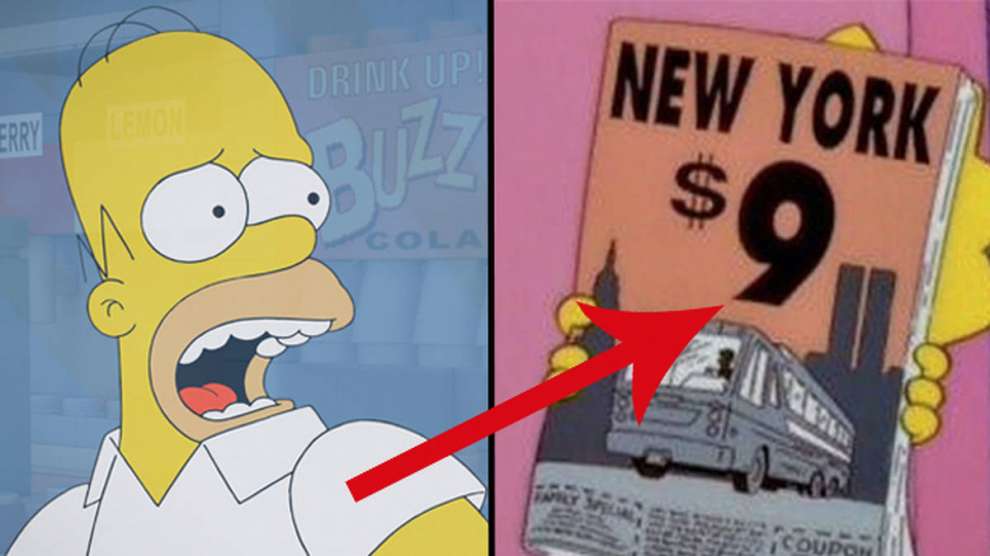
8. The “Horse Meat Scandal”
In a 1994 episode, school cooks throw “horse meat” into the food. In 2013, Europe was shocked by the real horse meat scandal in products. The satirical observation of the food industry seems surprisingly accurate.
9. The Metaverse and the digital world
In Treehouse of Horror VI (1995), Homer enters a “three-dimensional world” full of pixels and mathematical formulas. Today, with VR, AR, and the Metaverse, the scene seems to predict the digital reality. The creation, however, was based on technological imagination, not real prediction.
10. Kamala Harris and “Lisa Look”
During Kamala Harris’ inauguration in 2021, the choice of a purple outfit reminded fans of Lisa’s outfit in “Bart to the Future.” The coincidence caused a frenzy on social media, but the color was simply politically neutral, and the resemblance was accidental.
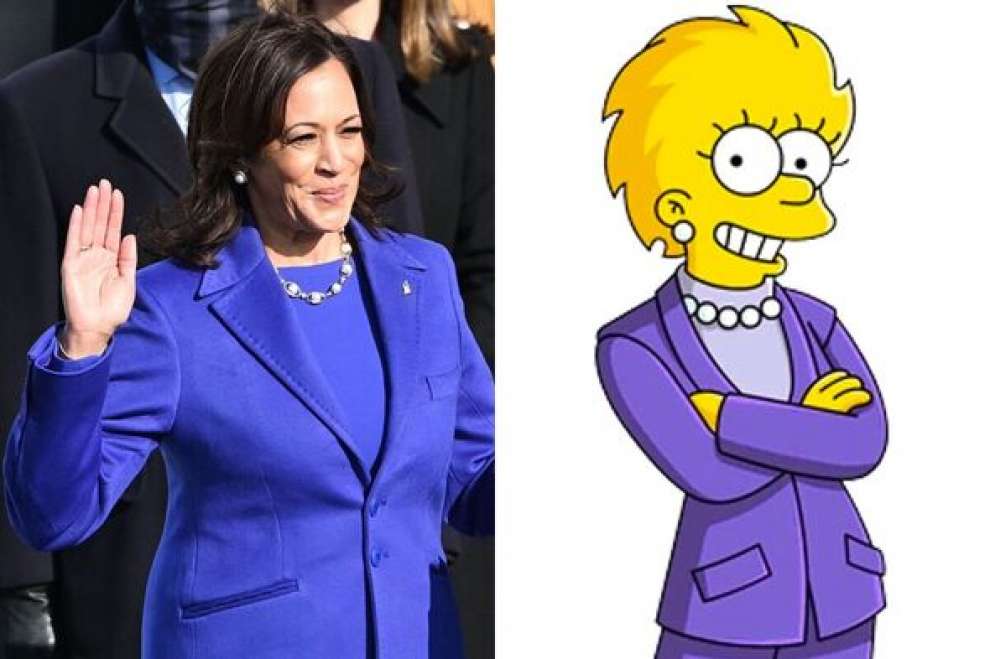
The Simpsons are not prophets. They are a mirror of society. Through satire, irony, and humor, they have managed to “predict” events, not because they know the future, but because they observe the world around them with exceptional sensitivity. Conspiracy theories about the show are proof that the audience loves to see patterns and seek meaning in the jokes and exaggerations of Springfield.
And somewhere in between a donut, a Homer line, and a “D’oh!”, The Simpsons continue to remind us that reality can be stranger than even the wildest animated scenarios.
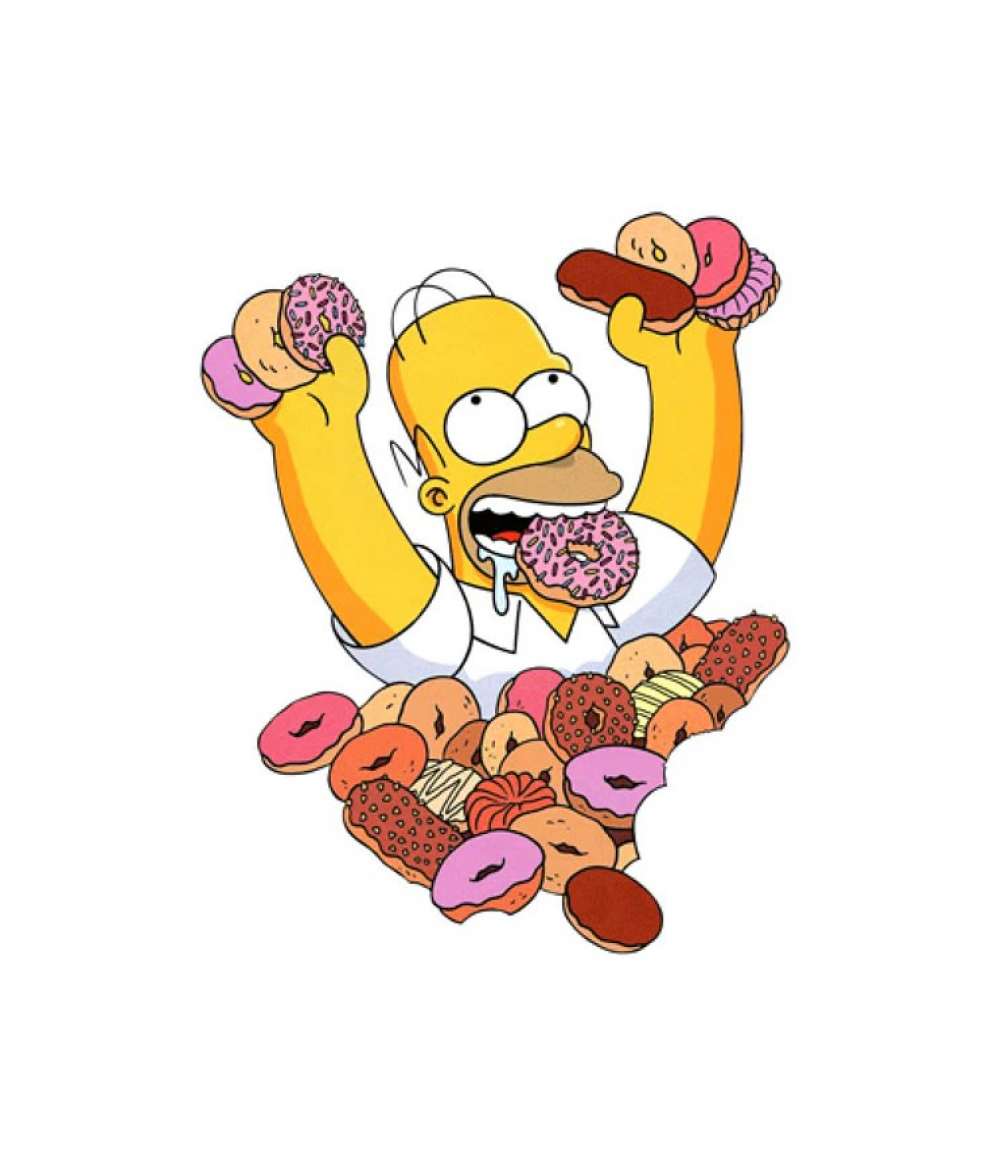

 English
English
 Ελληνικά
Ελληνικά Русский
Русский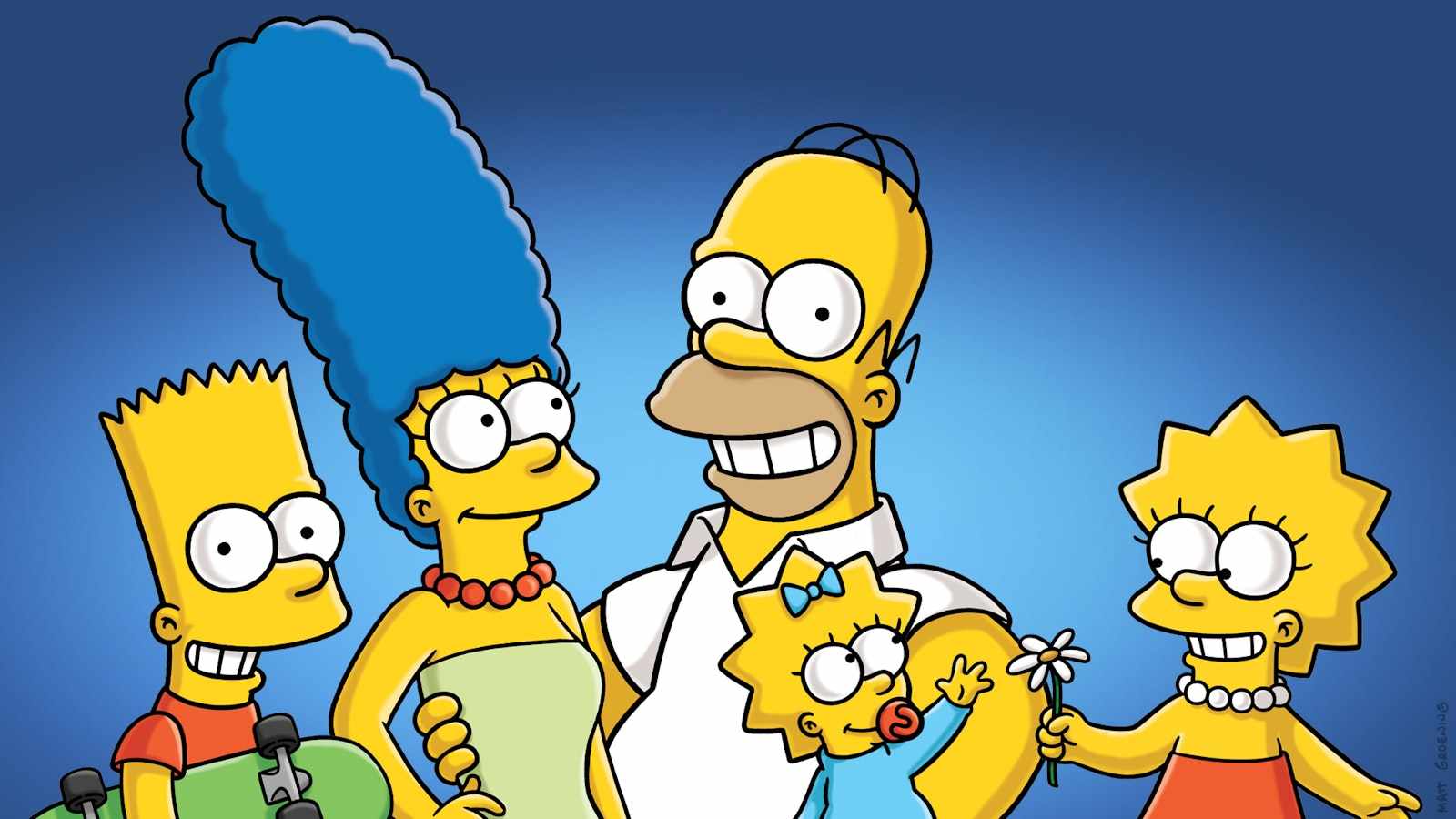
 Posted by
Michalis Venetsianos
Posted by
Michalis Venetsianos






